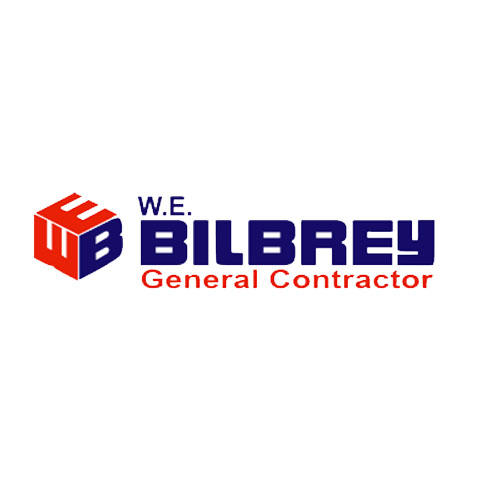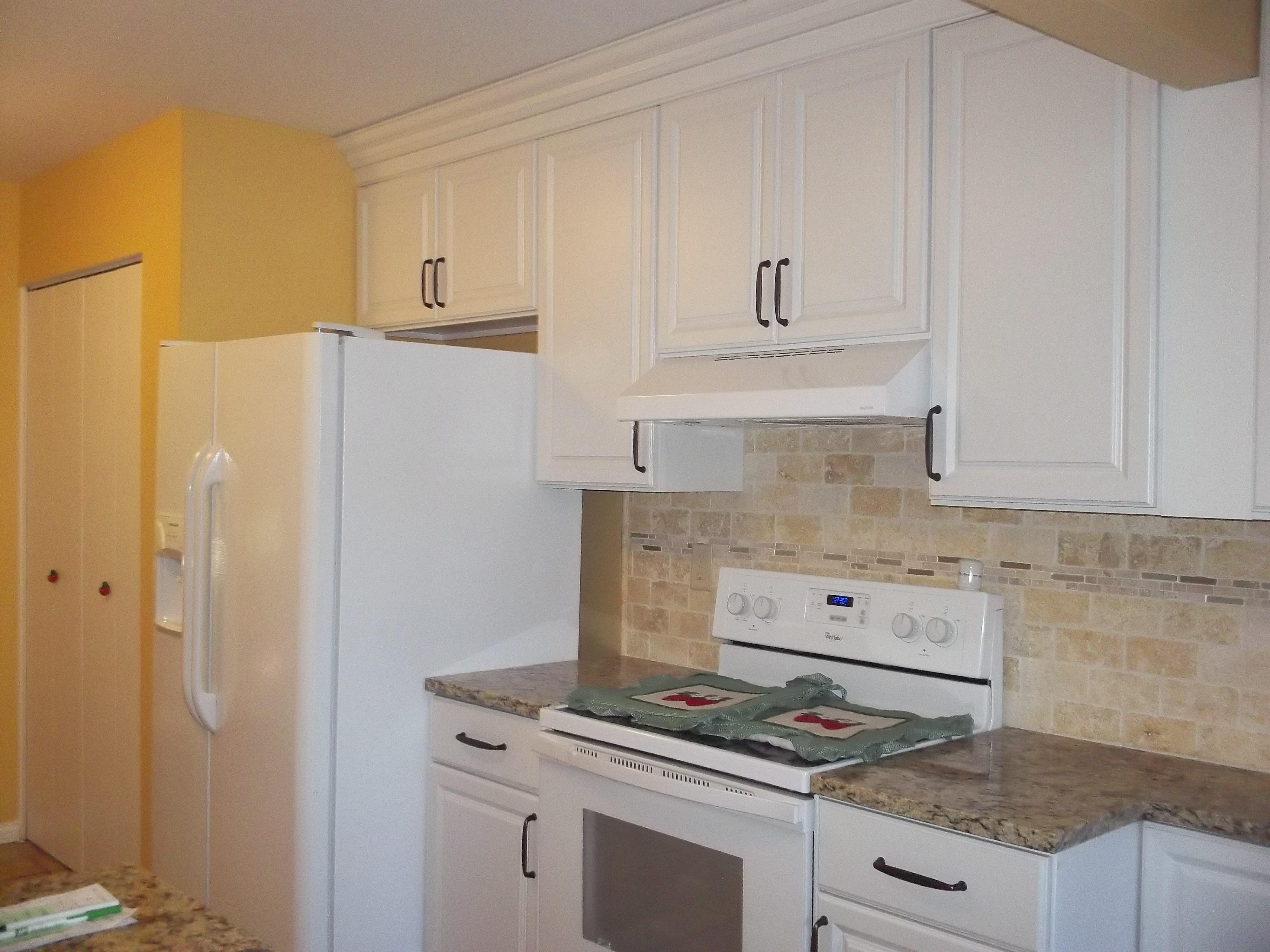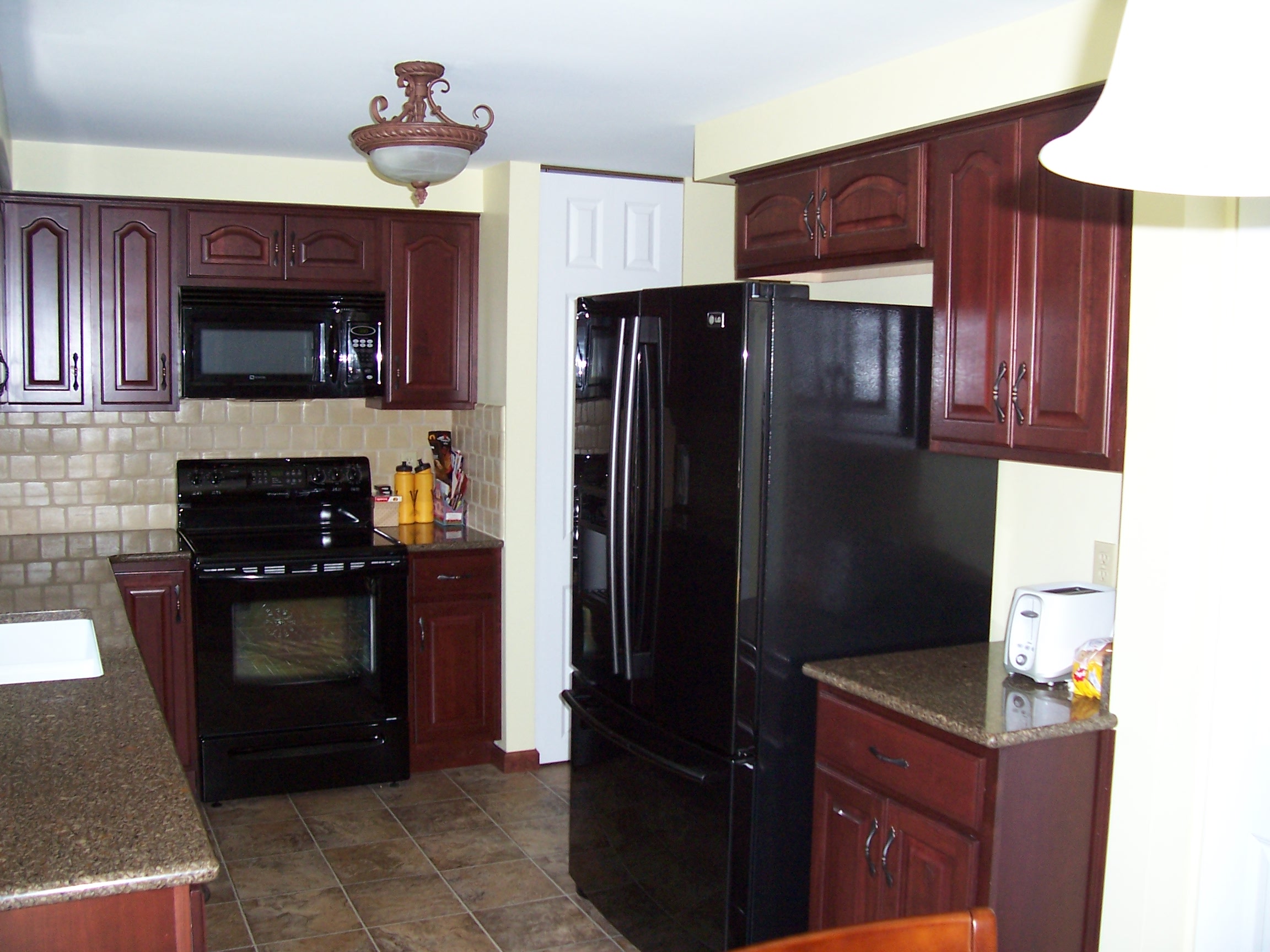Check Outlets & Power Cords...
Electrical appliances are the 4th leading cause of fires in the home and many can be prevented by a simple check of the health of your cords and outlets.
All you have to do is walk around your home and inspect your cords, outlets and surge protectors. Make sure the cords are not frayed, especially paying attention to where they have to bend. Confirm there are not burn marks around any outlets and spend a minute or so with each outlet and surge protector listening for any zips or zaps. Replace any that do.
This is also a good opportunity to unplug any electrical devices that you don't regularly use and may be leaching electricity and costing you money especially those that have those big black wall-wart transformers, those are notorious for drawing power when the device they supply power to are off, you should be able to tell if the transformer feels warm to the touch.
Helpful Tips from Your Friends at W.E. Bilbrey General Contractors 1-937-461-0435...
Make sure you keep these tips in mind before you turn on the fireplace this season...
Have your fireplace inspected regularly by a certified professional.
Burn only hardwood that has been cut dried for 6-12 months.
Use a fire screen in front of fireplaces.
Keep combustible materials away from fireplaces.
Helpful Tips from Your Friends at W.E. Bilbrey General Contractors LLC 1-937-461-0435...
W.E. Bilbrey General Contractor LLC has been serving Dayton, Ohio and surrounding areas since 1982, W. E. Bilbrey General Contractor LLC has gained a reputation for providing quality craftsmanship at an affordable price. Our complete range of contracting services, both residential and light commercial, assures you of quality and affordability, with the convenience of a single source. Whether you are looking for any type of renovation, a room addition, kitchen, bath room, or to have new windows installed…we can help you realize your dream home. Will price out the project after we view it.
W.E. Bilbrey General Contractor LLC Professional Remodeler with over 38 years in the remodeling industry. Check us out at www webilbrey.com or call us at 937-461-0435 and get your job done by a Professional...
Winter!!!
Bring out the snow blower...
Make sure your snow blower is in good working order before it snows. You do not want to be caught in the first major storm with only an orange shovel to dig you out. Send the snow blower to a small-engine repair company for a tune-up. Some companies will pick up and drop off your equipment for you. Expect to spend $60 to $200, depending on the size of your blower. Make sure you have gasoline and motor oil.
Helpful Tips from Your Friends at W. E. Bilbrey General Contractors LLC! (937)-461-0435
Below are some tips for driving in snow and ice, if you must drive.
Safety first, here is the list:
1) Allow yourself extra time to reach your destination.
2) If you must drive in snowy conditions, make sure your car is prepared and that you know how to handle road conditions.
3) It's helpful to practice winter driving techniques in a snowy, open parking lot, so you're familiar with how your car handles. Consult your owner's manual for tips specific to your vehicle.
4) SLOW DOWN Decrease your speed and leave yourself plenty of room to stop. You should allow at least three times more space than usual between you and the car in front of you. This is the best way to avoid a collision and stay in control.
5) Brake gently to avoid skidding. If your wheels start to lock up, ease off the brake.
6) Turn on your lights to increase your visibility to other motorists.
7) Keep your lights and windshield clean.
8) Use low gears to keep traction, especially on hills.
9) Don't use cruise control or overdrive on icy roads.
10) Be especially careful on bridges, overpasses and infrequently traveled roads, which will freeze first. Even at temperatures above freezing, if the conditions are wet, you might encounter ice in shady areas or on exposed roadways like bridges.
11) Don't pass snow plows and sanding trucks. The drivers have limited visibility, and you're likely to find the road in front of them worse than the road behind.
12) Don't assume your vehicle can handle all conditions. Even four-wheel and front-wheel drive vehicles can encounter trouble on winter roads.
13 )If your rear wheels skid...
Take your foot off the accelerator.
Steer in the direction you want the front wheels to go. If your rear wheels are sliding left, steer left. If they're sliding right, steer right.
If your rear wheels start sliding the other way as you recover, ease the steering wheel toward that side. You might have to steer left and right a few times to get your vehicle completely under control.
14) If you have standard brakes, pump them gently.
15) If you have anti-lock brakes (ABS), do not pump the brakes. Apply steady pressure to the brakes. You will feel the brakes pulse — this is normal.
16) If you get stuck...
Do not spin your wheels. This will only dig you in deeper.
Turn your wheels from side to side a few times to push snow out of the way.
Use a light touch on the gas, to ease your car out.
Use a shovel to clear snow away from the wheels and the underside of the car.
Pour sand, kitty litter, gravel or salt in the path of the wheels, to help get traction.
Try rocking the vehicle. (Check your owner's manual first — it can damage the transmission on some vehicles.) Shift from forward to reverse, and back again. Each time you're in gear, give a light touch on the gas until the vehicle gets going.
Sources: Mark Cantor and National Safety Council, New York State Department of Motor Vehicles, Washington State Government Information & Services
Helpful Tips from Your Friends at W.E. Bilbrey General Contractors LLC 1-937-461-0435…
Extend the Long-Term Beauty of your Carpet...
It is recommended by manufacturers to steam clean your carpets every 12-18 months
Avoid tracking dirt into your home. Have welcome mats for shoes to be removed or to wipe dirt off of shoes before continuing throughout your home.
Reduce periods of direct sunlight. This will wear your carpet down after a period of time.
Vacuum frequently. Cleaning the fibers in the carpet frequently will keep your carpet looking fresh and clean.
Protect your carpet when moving furniture. Also, occasionally move heavy furniture to avoid permanent dents in your carpet.
Helpful Tips from Your Friends at W. E. Bilbrey General Contractors LLC! (937)-461-0435
We were called work on the exterior of this client's home. We replaced the siding, gutters, trim metal, and soffit for this client. Check us out at http://webilbrey.com or call (937)-461-0435!!!
Interior House Painting Rules...
On your next inside painting project, religiously follow these simple rules and I guarantee that you will save at least 2 hours. Here we go!
1. Slosh Your Brush
Before painting, slosh your brush in whatever solvent you will be using at the end of the day to clean the brush (i.e., water for latex, mineral spirits for oil, etc.) It'll be easier to clean when you're done.
2. Wrap Brush or Roller
If you don't feel like cleaning your brush or roller at the end of the day and expect to get back to painting within a few days–wrap the brush or roller tightly in a plastic bag and put in the freezer.
3. Latex Gloves or Lotion, Your Pick
Latex gloves are great for keeping your hands clean (especially if you're using oil-based paint!). If you can't stand latex gloves or are allergic, a thick application of hand lotion before painting will make cleaning a lot easier later on.
4. Wet Edge
Always keep a wet edge as you paint, and work away from that wet edge. If you paint over a dry edge, you will get overlap marks.
5. Avoid Cheap Roller Covers and Brushes This one is important. Cheap roller covers leave fuzz on the wall. Cheap brushes leave streaky brush marks. Avoid those multi-packs of rollers, ten for a dollar. Pay the extra few cents and get better tools. It'll be worth it. Honest it will.
6. Test for Loose Paint
Will the existing painted surface take new paint? And hold it for years to come? Test this out by adhering a strip of duct tape to the existing painted surface and…ripping it away. If flakes of paint more than microscopic size come off, you may need to scrape and sand.
7. Low-Stick Masking Tape
Also known as “blue tape,” this tape comes off easier and doesn't peel off primer or existing paint. Blue tape, by itself, will save you at least an hour of frustration over the old-style beige masking tape.
8. Rein in Your Paint Can Opener
Paint can openers, those little metal keys (you do use one, don't you?) are notorious for getting lost in the shuffle. Chain it to a small chunk of wood just like a public bathroom key. Whatever you do, just don't lose it!
9. Painting Process
Paint in this order:
1.Ceiling
2.Walls
3.Trim
4.Cabinets
5.Doors And remember to always paint from top-down!
Helpful Tips from Your Friends at W. E. Bilbrey General Contractors LLC! (937)-461-0435










